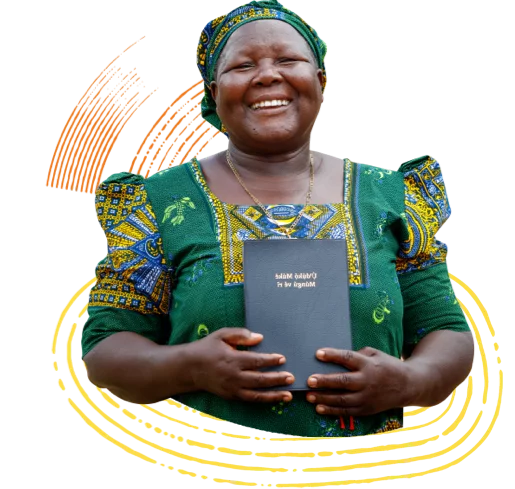Extinction.
In 2005 that’s what was facing the Label language.
Research had given its recommendation: the Label language was not viable, and no translation work should be undertaken. The population (around 300 speakers) was too small, and more importantly there seemed to be no motivation to get involved in a translation programme.







